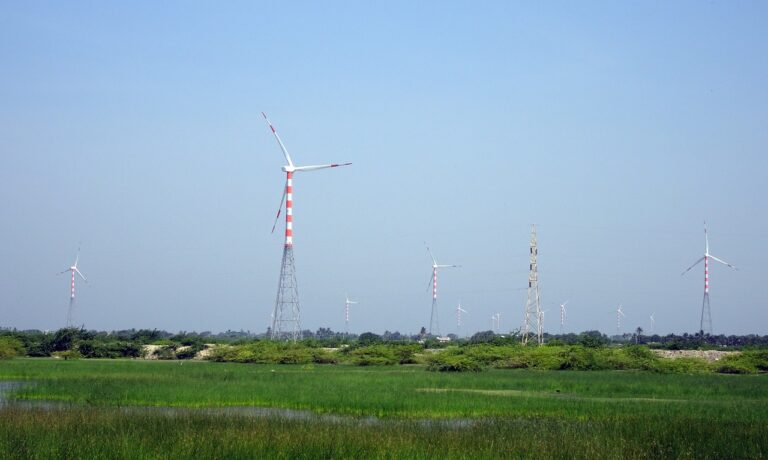Analyzing the Influence of Trade Union Movements on Voter Behavior: Betbhai9.com whatsapp number, Playexch app, Lotus 365 login
betbhai9.com whatsapp number, playexch app, lotus 365 login: Trade union movements have long been a significant force in shaping labor laws and working conditions. But what about their influence on voter behavior? Can trade unions sway voters to support certain candidates or policies based on their advocacy for workers’ rights?
In this article, we will delve into the impact of trade unions on voter behavior and explore how their actions can shape political outcomes.
The Role of Trade Unions in Politics
Trade unions have a rich history of advocating for workers’ rights, including better wages, working conditions, and benefits. Their political influence stems from their ability to mobilize members and resources to support candidates and policies aligned with their goals.
Unions often endorse and campaign for candidates who champion labor issues and are perceived as pro-worker. They also lobby for legislation that benefits their members, such as raising the minimum wage, improving workplace safety standards, and protecting collective bargaining rights.
How Trade Unions Influence Voter Behavior
Trade unions can influence voter behavior in several ways:
1. Endorsements: When a trade union endorses a candidate, it signals to their members and the public that the candidate has the union’s support and is aligned with their values. This endorsement can sway undecided voters or mobilize union members to vote for that candidate.
2. Campaigning: Trade unions have the resources to run voter outreach campaigns, including phone banking, canvassing, and advertising. These efforts can increase voter turnout among union members and their families, potentially tipping the scales in favor of a particular candidate or party.
3. Issue Advocacy: By raising awareness about labor issues and advocating for specific policies, trade unions can shape public opinion and influence voter preferences. For example, a union campaign to raise the minimum wage may resonate with voters concerned about income inequality.
4. Get-Out-The-Vote Efforts: Trade unions often engage in get-out-the-vote efforts to ensure that their members and supporters cast their ballots on Election Day. These efforts can make a difference in close races and high-stakes elections.
Analyzing the Impact
Studies have shown that trade unions can have a significant impact on voter behavior. Research has found that union endorsements can increase voter turnout among union members and influence their voting choices. Additionally, union campaign contributions and advocacy efforts can shape policy outcomes by influencing elected officials’ decisions.
FAQs
Q: Do trade unions only support one political party?
A: While many trade unions have historical ties to a particular party, such as the Democrats in the US or Labour in the UK, unions can support candidates from different parties based on their stance on labor issues.
Q: Can trade unions influence non-union members?
A: Yes, trade unions’ advocacy efforts and endorsements can influence non-union members who support their goals or are sympathetic to labor issues.
Q: Are trade unions the only factor that influences voter behavior?
A: No, voter behavior is influenced by a combination of factors, including party affiliation, candidate charisma, policy positions, and current events.
In conclusion, trade unions play a crucial role in shaping voter behavior by endorsing candidates, campaigning, advocating for labor issues, and mobilizing their members. Their influence can sway elections and policy outcomes, making them a potent force in the political landscape.







